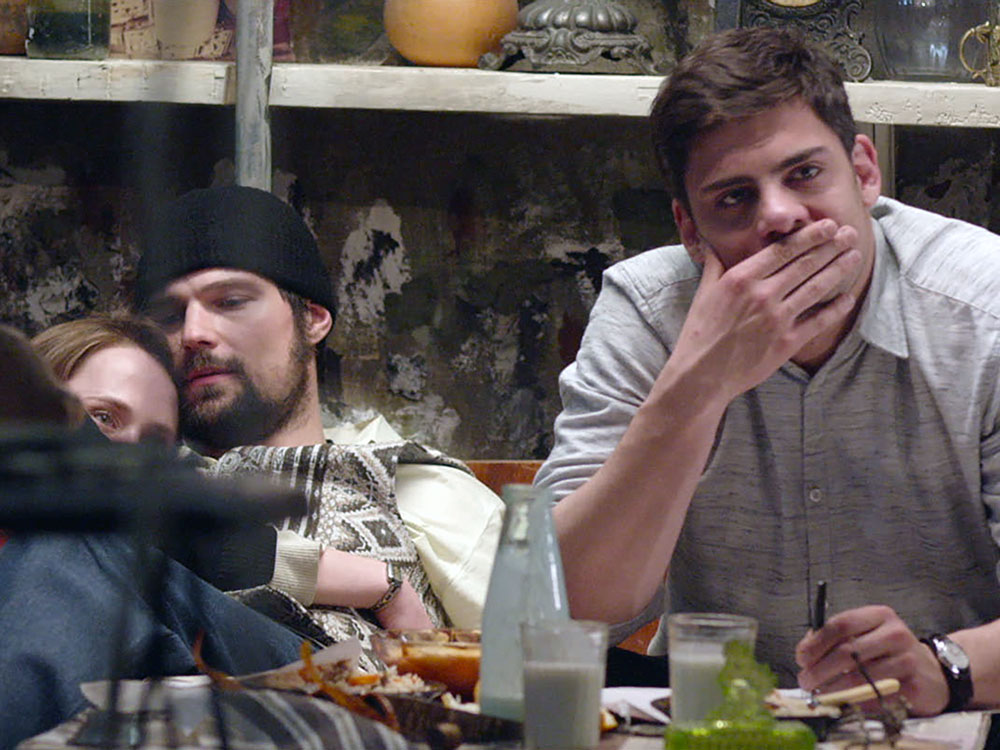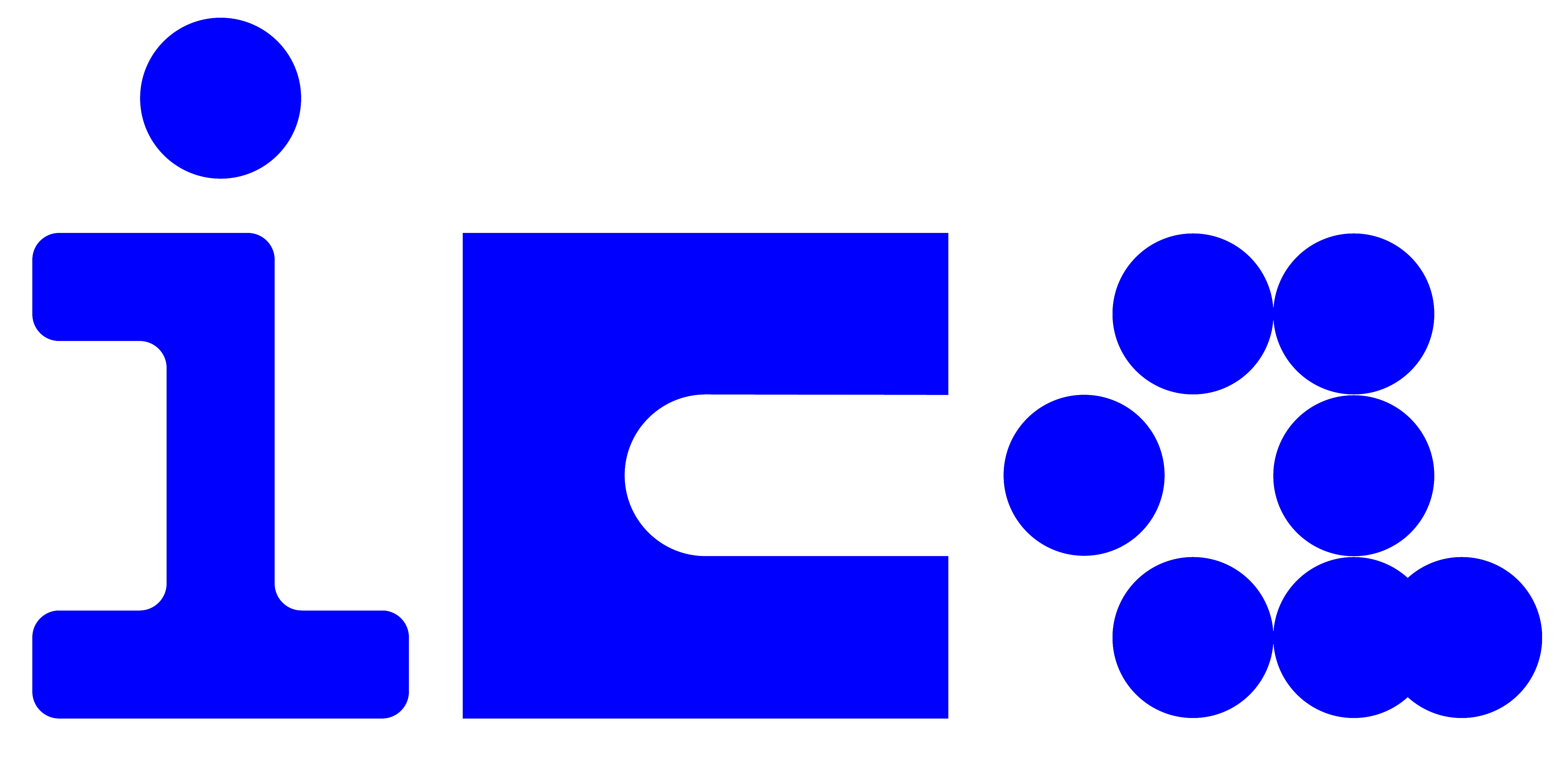ICA is closed from the 30 May – 3 June inclusive.
Iguala, Mexico, 26 – 27 September 2014
(Investigation 2016 – 2017)
On the night of the 26–27 September 2014, a group of students and activists from the Rural Normal School of Ayotzinapa were attacked in the town of Iguala, Guerrero, Mexico. The students had commandeered buses to take them to a political protest in Mexico City. The attacks were committed by local police in collusion with criminal organisations and other branches of the Mexican security apparatus, including state and federal police and the military. Six people were murdered, 40 wounded, and 43 students were forcibly disappeared.
Forensic Architecture’s investigation data-mined thousands of reported incidents, videos, and phone-logs from reports composed by the Inter-American Commission on Human Rights (IACHR), and plotted this data within an interactive platform. This online cartographic platform helps users and investigators explore the relationship between thousands of events – shootings, car movements and two way communications – and hundreds of actors belonging to the different organisations involved. The data reveals instances of collusion and coordination between state organisations and organised crime, and identifies contradictions in layers of testimony and reports.
A large-scale mural, titled The Forking Paths of Ayotzinapa, plots the narrative timeline of different actors in the atrocity – victims, state security agents and members of criminal organisations – as well as that of the federal investigators. The diagram shows the simplified narrative of the incident presented by the Mexican Federal Attorney General, contrasting with the divergent and far more complex narratives derived from the testimonies of the surviving students and the IACHR reports.
The mural therefore presents enforced disappearance as a narrative form. Such actions are revealed to be not only acts of violence against people, but also against information. Enforced disappearance includes the physical destruction of bodies as well as the destruction of evidence and the introduction of false narratives. These practices made it possible for the whereabouts of the 43 Ayotzinapa students to remain a mystery to the present day.
The parents of the victims have used Forensic Architecture’s investigation to challenge the state’s version of events. The trial is at its first stage, but one of the Mexican Supreme Court justices has stated publicly that Forensic Architecture’s work is an opportunity to ‘reconsider state violence’, signaling that the state judiciary is examining this evidence.
Commissioned by: the Argentine Forensic Anthropology Team (Equipo Argentino de Antropologia Forense or EAAF) and Centro de Derechos Humanos Miguel Agustín Pro Juárez (Centro Prodh) on behalf of the families of the disappeared.
Project team: Eyal Weizman (Principal Investigator), Stefan Laxness (Project Coordinator), Nadia Mendez, Franc Camps-Febrer, Irving Huerta, Theo Resnikoff, Elena Paca, Nathan Su, Anso Studio, Marina Azahua, Simone Rowat, Christina Varvia, Nicholas Masterton, Nathalie Tjia, Ariel Caine, Manuel Ángel Macía, Bob Trafford, Sarah Nankivell, Hana Rizvanolli, Rosa Rogina
Thanks to: John Gibler, Other Means, Rosario Güiraldes, Nestor Camilo Vargas, Taller cartográfico ‘Ariles’, Ella Mendoza, Pablo Dominguez










no. 236848.